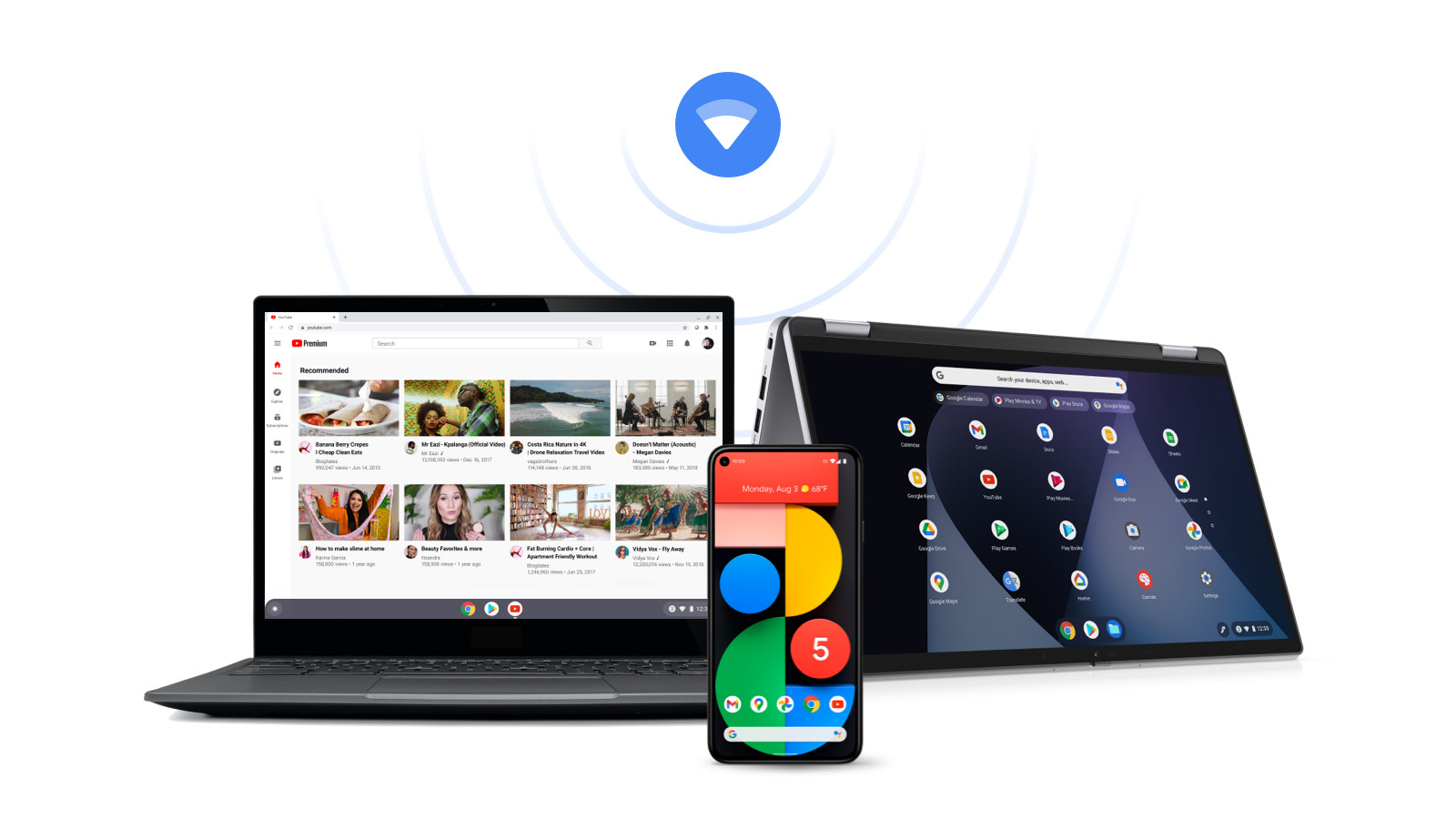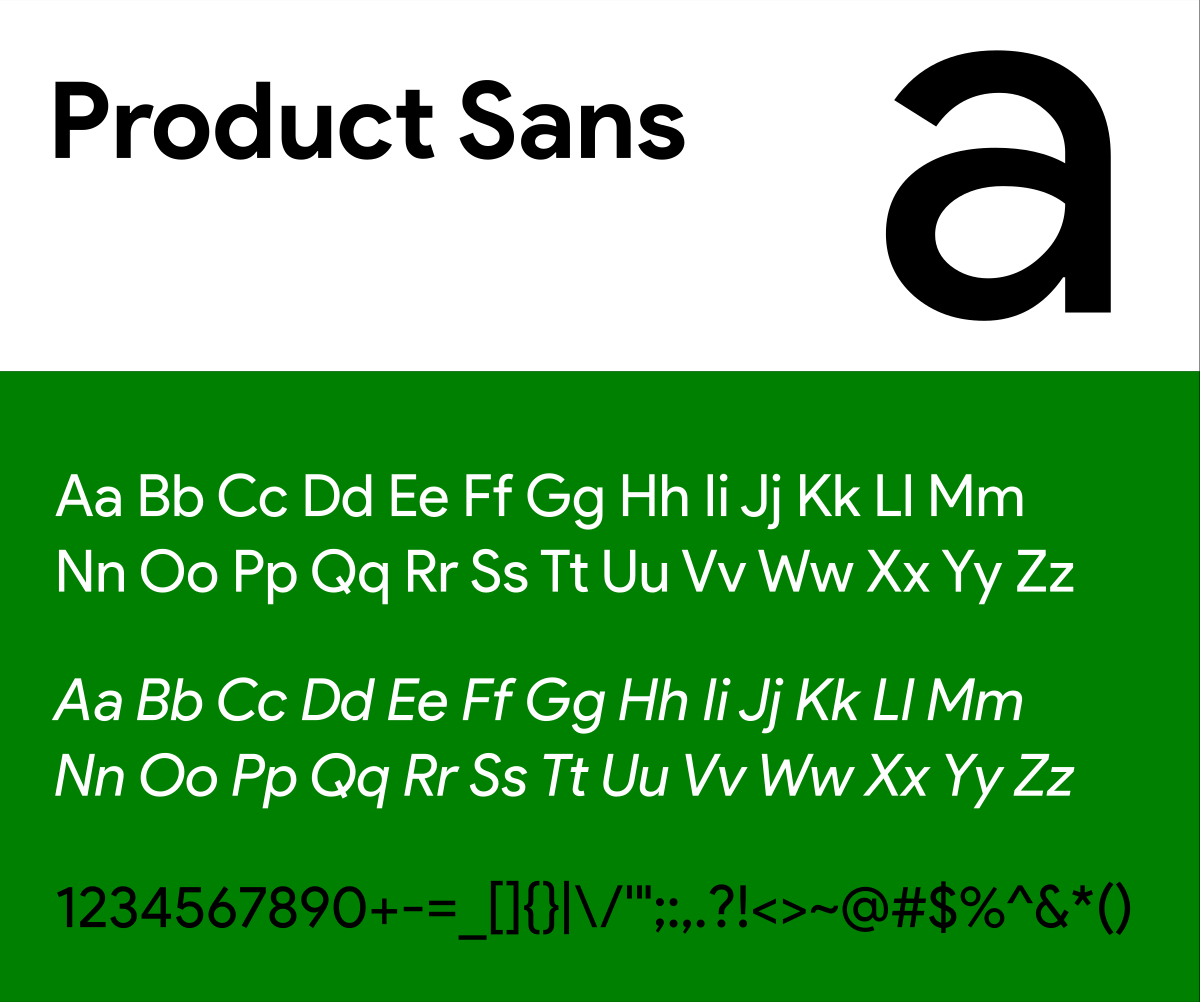ChromeOS adopts a new default font – and surprisingly, I don’t hate it
Sans?!

Google has a big change in store for ChromeOS users: a new default font for the operating system, which will replace Roboto as the go-to typeface on all Chrome devices.
The new default font is Google Sans (formerly known as Product Sans), which owners of the best Chromebooks will already be familiar with, even unknowingly; it’s already seeded throughout both the OS and Google’s websites, appearing in the Files app and Quick Settings menu as well as on Google’s own digital storefront.
If font changes are something that worries you (yes, they worry me; yes, I’m a big software interface nerd), then thankfully there’s no need to panic here: Google Sans is a pretty inoffensive font, a far cry from that other Sans font that virtually everyone hates. In fact, it’s very similar to the existing default Roboto, or fonts like San Francisco and Open Sans, to the point where an unaware user might not even notice the change.
Chrome, sans Roboto
Changing the primary font of an entire operating system is no small feat – there was uproar among font fanatics when Microsoft changed the default font of Word from Calibri to Aptos after a 17-year run. I’m personally quite averse to change, and while I approved of the shift away from Times New Roman (ugh) back in the day, I felt that the Calibri-to-Aptos move was unnecessary. After all, if it ain’t broke, don’t fix it, right?
Well, Roboto ain’t broke, but I can appreciate why Google wants to make the change to its own branded typography. Google Sans is a good font; after all, it’s the lettering that the search engine giant has chosen to represent itself with on official public material, so I can reasonably assume there has been a lot of money and many, many hours of work poured into ensuring its perfection. It’s a pleasingly modern typeface, most crucially opting for an open-tail lower-case ‘g’ – none of that hideous loop-tail business here, thank you very much. Yes, I know we use it here on TechRadar, and that you're looking at it right now. No, I’m not happy about it, but you’ve got to pick your battles.

Considering that Google Sans is already present in many corners of ChromeOS, it’s not likely to be a world-shaking change for most users. My fellow font fiends can relax, though – this isn’t even a big leap for those who pay close attention to lettering, if you ask me.
Roboto won’t be completely ousted from the OS just yet, either – judging by a Chromium Gerrit code commit spotted by 9to5Google, the former default font will stick around for times when Google Sans just won’t quite fit (due to a lack of specific glyph support, for example). We don’t have a concrete date for when the change will be implemented just yet; given that ChromeOS version 124 is already in beta and due to go live imminently, it’ll likely be in version 125 towards the end of May or the beginning of June.
Got a strong opinion about fonts? I know some of you do. Hit me up on X (cough, Twitter, cough) with your absolute worst font takes!
You might also like...
Get daily insight, inspiration and deals in your inbox
Sign up for breaking news, reviews, opinion, top tech deals, and more.

Christian is TechRadar’s UK-based Computing Editor. He came to us from Maximum PC magazine, where he fell in love with computer hardware and building PCs. He was a regular fixture amongst our freelance review team before making the jump to TechRadar, and can usually be found drooling over the latest high-end graphics card or gaming laptop before looking at his bank account balance and crying.
Christian is a keen campaigner for LGBTQ+ rights and the owner of a charming rescue dog named Lucy, having adopted her after he beat cancer in 2021. She keeps him fit and healthy through a combination of face-licking and long walks, and only occasionally barks at him to demand treats when he’s trying to work from home.